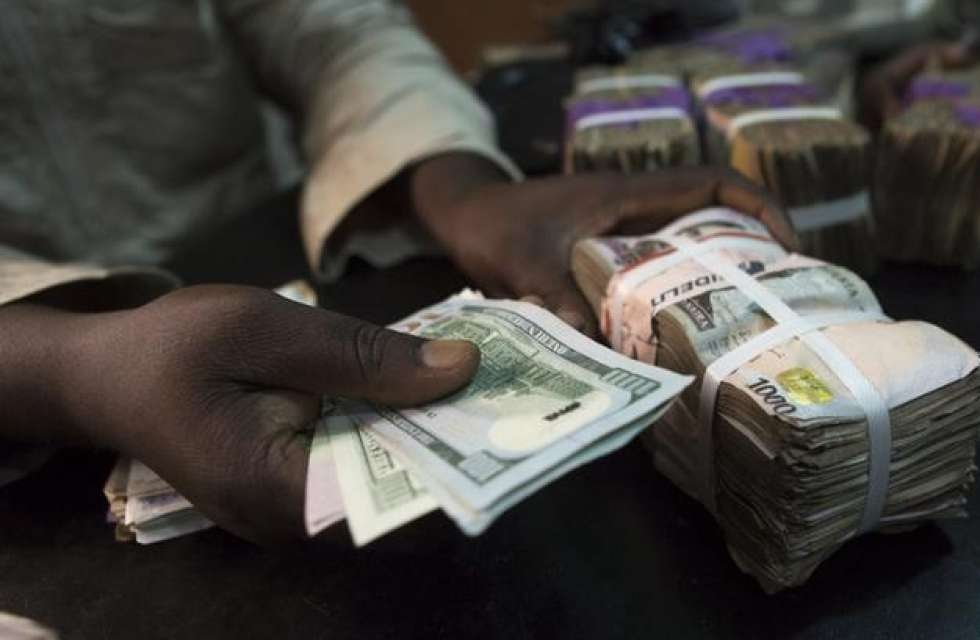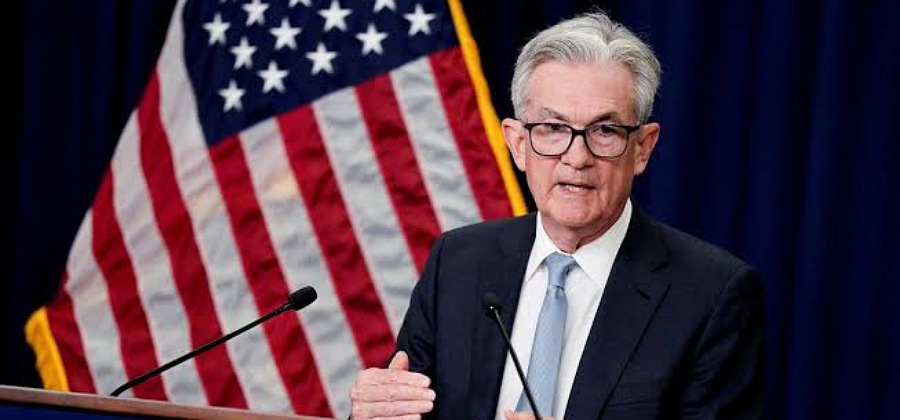



As of January 31, 2025, the Nigerian Naira has made notable strides against the U.S. dollar, appreciating by ₦13 to reach ₦1,493 in the official foreign exchange market on January 30, 2025, up from ₦1,506 per dollar the previous day [17f00cd8]. This recent gain follows the introduction of the Central Bank of Nigeria (CBN) Foreign Exchange Code, which aims to enhance market transparency and stability [17f00cd8]. In the parallel market, the Naira also showed improvement, rising to ₦1,620 from ₦1,630, although the gap between the parallel market and the official rate has widened to ₦127 [17f00cd8].
Earlier in January, the Naira had fluctuated significantly, trading at ₦1,531.20 per U.S. dollar on January 24, reflecting a 1.12% gain from ₦1,548.59 just days before [82c2583b]. The currency's volatility has been influenced by various factors, including geopolitical tensions and economic policies, particularly following Donald Trump's inauguration as the 47th U.S. president, which raised concerns about the implications of his administration's policies on global currencies [0de226d2].
The Nigerian Economic Summit Group (NESG) previously projected that the Naira could stabilize around ₦1,300 to the U.S. dollar by the end of 2025, driven by anticipated higher oil earnings and improved agricultural productivity [0de226d2]. However, the recent appreciation of the Naira, while encouraging, comes after a tumultuous period where it lost 70% of its value against the dollar throughout 2023 [9c492c87].
CBN Governor Olayemi Cardoso has expressed optimism regarding the Naira's stability, emphasizing the need for effective fiscal and monetary policy coordination to navigate the challenges posed by both domestic and international economic pressures [c6129ad4]. Meanwhile, President Trump has issued warnings to BRICS nations against boycotting the U.S. dollar, threatening potential tariffs, which could further complicate Nigeria's foreign exchange landscape [17f00cd8].
As the CBN prepares to launch the FX Code, the market is closely watching how these developments will impact the Naira's trajectory in the coming months. The interplay of these economic factors illustrates the complex dynamics affecting both local and international markets as Nigeria seeks to stabilize its currency amidst ongoing challenges [0de226d2].